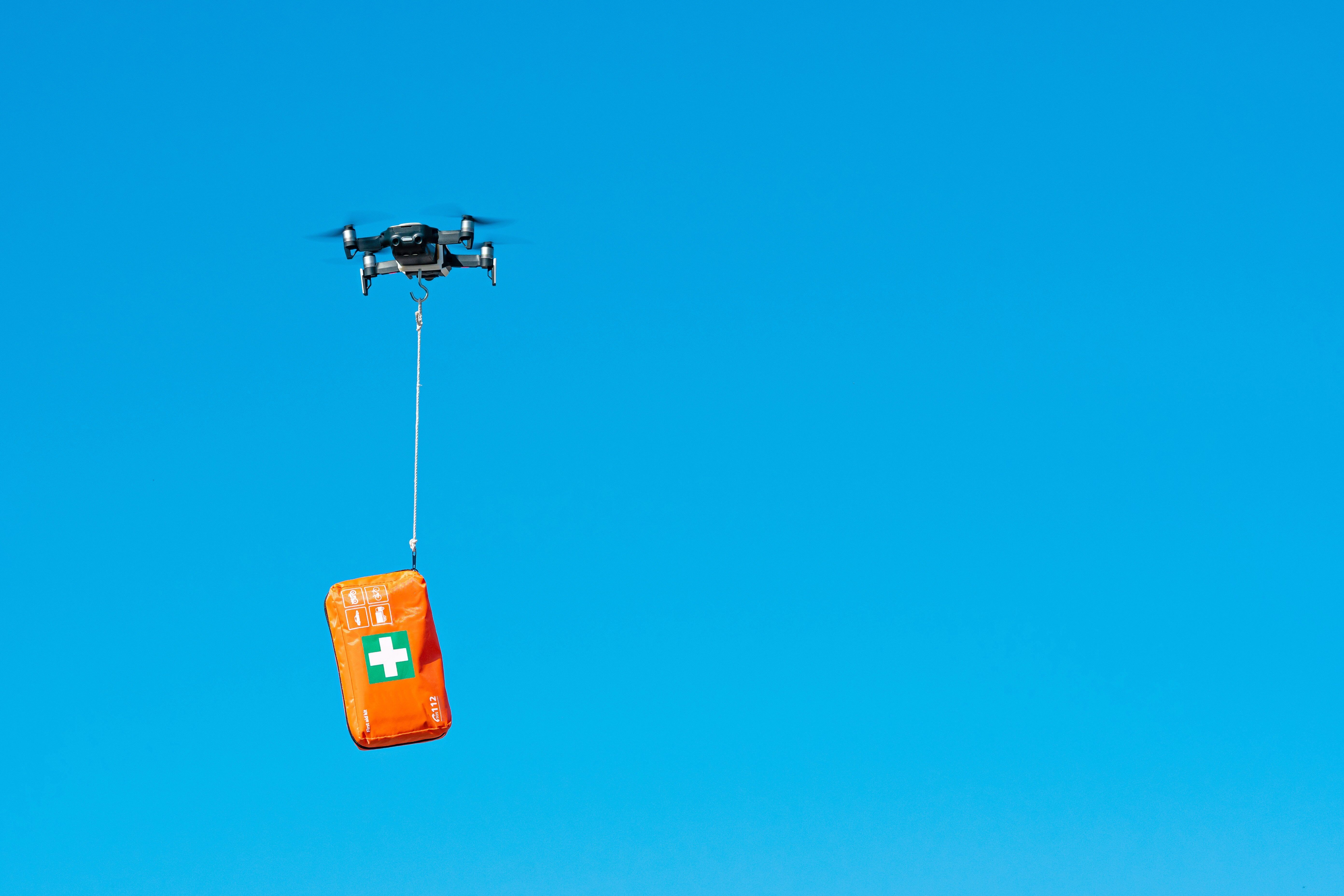Drones and Civil Protection: the future in emergency management

In the world of Safety & Security, the use of remotely piloted aircraft systems, known as drones, is becoming increasingly common. Subject to ongoing experimentation and the laws regulating their application, the use of drones to support Civil Protection represents a real innovation in emergency management.
Are drones a cost or an investment?
In the field of civil emergencies, we are increasingly interfacing with the theme of risk monitoring and prevention, which includes IoT and sensor concepts, linked to the real-time exchange of information between the territory or areas being monitored and a PSAP ready to coordinate interventions in case of need. In this type of situation, as in PSAPs that safeguard the safety and security of people and objects, some fundamental questions need to be asked:
-
What is the cost-benefit ratio of using drones in situational awareness?
-
How much does the cost of a drone or a fleet of drones affect the organisation?
-
How can drones be used in a monitoring process of a given territory or during the support phase of an event?
These questions can hardly be answered outside of an application or design context about specific requirements. However, the fields of use for drones are varied: from Search & Rescue to patrolling wooded areas, from transmitting audio and video images for the maintenance or intervention control of infrastructures to logistical support. Moreover, the cost of a fleet of drones can be easily amortised according to purpose, opening up prospects for improving the efficiency of operations.
Drones for critical infrastructure monitoring
The application of drones to land monitoring and emergency management processes involves various critical infrastructures: bridges, viaducts, railways, aqueducts, motorways, industrial plants and stadiums. In all these cases, surprising results are achieved in terms of zero time and error; what drones promise to achieve is the minimisation of economic and business damage to land, people and objects. As a result, the purchase of drones should not be considered just a cost, but a real investment to support any organisation.
Following these arguments, however, we can state that, as is often the case, even if useful technology is already available, the necessary step to take is to embed it in processes and make it usable within the various operational contexts of organisations. Recalling an old and evergreen slogan, “Power is nothing without control”. In fact, without an effective coordination system, such as a PSAP capable of reading and receiving information from the field and providing the most appropriate procedures for activating resources, we run the risk of not being able to fully exploit all the possibilities of intervention and risk prevention offered by drones.








